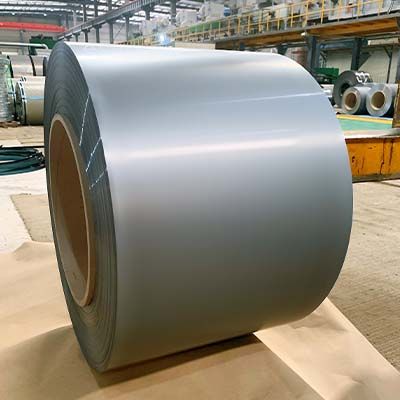Relays are an integral part of many electronic systems, used to control power to loads or to switch signals. When it comes to selecting the right type of relay for a particular application, there are two primary options: reed relays and electromechanical relays. In this article, we'll give a comprehensive discussion of reed relay vs electromechanical relay.
What are Relays?
Before we dive into the details of reed relays and electromechanical relays, let's start by looking at what a relay is and how it works. A relay consists of three main components: a coil, a set of contacts, and an actuator mechanism. The coil is energized by a small electrical signal, which creates a magnetic field that pulls the contacts closed. When the coil is de-energized, the contacts return to their normal position.
Relays are used to switch signals or power to loads. In many cases, the signal or load being switched requires a higher current or voltage than the control signal can provide. Relays allow the control signal to switch the load without directly passing the current or voltage through the control circuitry.
Reed Relays
Reed relays are a type of relay that uses a reed switch as the contact. A reed switch consists of two thin, flexible metal reeds that are hermetically sealed in a glass envelope. When a magnetic field is applied to the reeds, they come into contact and complete an electrical circuit.
How They Work
In a reed relay, the coil creates a magnetic field that pulls the reeds together, completing the circuit. When the coil is de-energized, the magnetic field dissipates, and the reeds return to their normal position. Reed relays are typically designed for low-current and low-voltage applications, and their contacts have a very low contact resistance.
Advantages
One of the main advantages of reed relays is their small size. They are also very fast, with switching speeds of up to 10,000 operations per second. Reed relays are also very reliable, with a long operating life of up to 10^9 cycles.
Disadvantages
The main disadvantage of reed relays is their limited power handling capability. They are typically limited to switching currents of up to 5 amps and voltages of up to 1,000 volts.
Applications
Reed relays are commonly used in telecommunications, test equipment, and industrial control applications. They are also used in medical equipment, aerospace, and automotive applications.
Electrical Manufacturers In China
Electromechanical Relays
Electromechanical relays, also known as armature relays, use a set of contacts that are opened and closed by an electromechanical actuator. The contacts are typically made of a high-conductivity material, such as silver or gold, and are mounted on a movable armature.
How They Work
In an electromechanical relay, the coil creates a magnetic field that pulls the armature towards it, closing the contacts. When the coil is de-energized, the armature returns to its original position, opening the contacts. Electromechanical relays are designed for a wide range of current and voltage levels, with contacts that can handle up to several hundred amps and several thousand volts.
Advantages
One advantage of electromechanical relays is their high power handling capability. They can switch high currents and voltages, making them suitable for a wide range of applications. Electromechanical relays are also very versatile and can be used in both AC and DC circuits.
Disadvantages
One of the main disadvantages of electromechanical relays is their slower switching speed compared to reed relays. They also tend to be larger and heavier, making them less suitable for applications where size and weight are critical factors.
Applications
Electromechanical relays are used in a wide range of applications, including power distribution, lighting control, and motor control. They are also used in automotive, aerospace, and industrial control applications.
Comparison of Reed Relay vs Electromechanical Relay
When it comes to selecting between reed relays and electromechanical relays, there are several factors to consider. Here are some of the key differences between the two types of relays.
Size: Reed relays are typically smaller and lighter than electromechanical relays, making them suitable for applications where space and weight are critical factors.
Contact Resistance: Reed relays typically have a lower contact resistance than electromechanical relays, which can result in better signal integrity and lower power consumption.
Power Consumption: Reed relays typically consume less power than electromechanical relays, making them suitable for battery-powered applications.
Switching Speed: Reed relays have a much faster switching speed than electromechanical relays, which can be important in applications where speed is critical.
Reliability: Both reed relays and electromechanical relays are generally reliable, but reed relays have a longer operating life and can switch more cycles before failure.
Cost: Reed relays are typically more expensive than electromechanical relays, but their small size and fast switching speed can make them more cost-effective in certain applications.
Conclusion
Reed relays and electromechanical relays both have their advantages and disadvantages, and the choice between the two depends on the specific requirements of the application. Reed relays are typically smaller, faster, and more reliable, while electromechanical relays have a higher power handling capability and are more versatile.
Aokelan is one of the leading electrical manufacturers in China, offering a wide range of silicon steel materials for various needs of different electrical applications, please feel free to contact us for more details!






